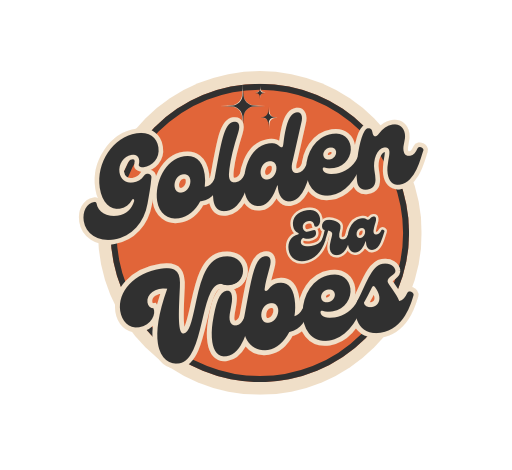21 Ways Music Changed The Rules Of Dating In The 1960s

The 1960s wasn’t just about peace signs, flower power, and tie-dye shirts—it was the decade when music completely rewrote the dating rulebook.
From the dreamy harmonies of doo-wop to the electric pulse of rock ‘n’ roll, the era’s soundtrack shaped how young people met, mingled, and fell in love. As a music historian, I’ve spent years digging into the ways those melodies and rhythms didn’t just reflect social change—they sparked it.
Gone were the rigid courting rituals of the ’50s. In their place came the slow dances at sock hops, Beatles-fueled crushes, and late-night record sessions where lyrics said what hearts couldn’t. Songs like “My Girl,” “I Got You Babe,” and “Something” weren’t just hits—they were emotional blueprints for a new kind of romance. Then came Woodstock, where music and love collided in muddy fields and open minds.
The music of the sixties carved out new spaces for vulnerability, rebellion, and connection. It gave a generation the tools to express themselves honestly and loudly, sometimes for the very first time. And while styles have changed, the echoes of that transformation still shape how we connect through music today.
1. Dance Crazes Created Physical Connection

Remember my first high school dance in ’67? I could barely talk to Susie Jenkins, but when ‘The Twist’ came on, suddenly we were moving together like we’d known each other forever! Dance crazes like The Twist, The Mashed Potato, and The Watusi gave shy teenagers permission to touch without the awkwardness of formal dancing.
Parents were horrified, which only made these dances more appealing. Unlike traditional ballroom dancing where partners maintained a respectable distance, these new moves allowed bodies to swing freely near each other, creating electric moments of almost-touching that were somehow more thrilling than actual contact.
Local TV shows like American Bandstand didn’t just popularize these dances—they became virtual dating classrooms where teens studied the latest moves. Dancing prowess suddenly became social currency, and being a good dancer could transform even the nerdiest kid into a temporary heartthrob.
2. Teen Idols Shaped Romantic Expectations
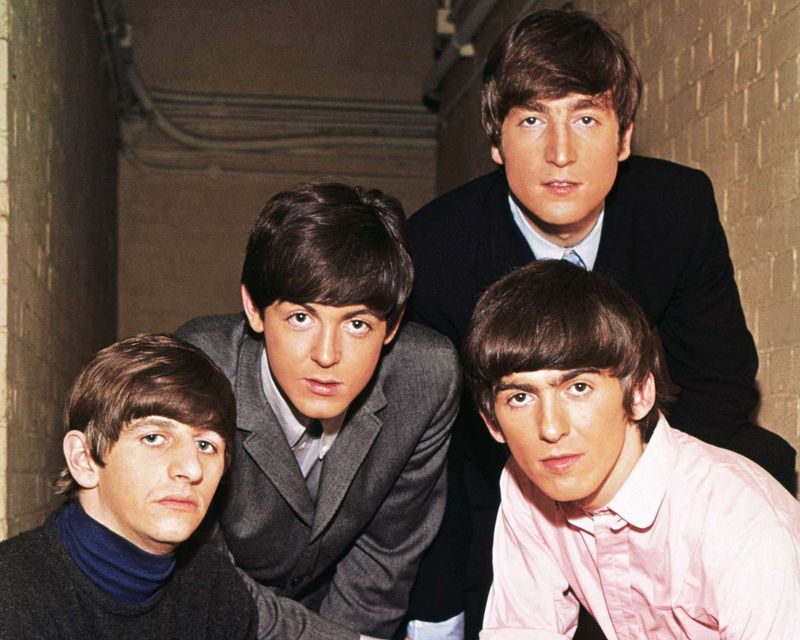
Gosh, my bedroom walls were absolutely plastered with posters of Paul McCartney! Teen idols from The Beatles to The Monkees weren’t just musicians—they were relationship role models who shaped what young girls expected from potential boyfriends. Their carefully crafted public personas showcased a new kind of masculinity: sensitive, creative, and emotionally available.
Fan magazines fueled these fantasies with intimate interviews and romance tips supposedly from the stars themselves. Girls would spend hours discussing which Beatle would make the best boyfriend, creating detailed criteria for their real-life dating prospects. Boys, meanwhile, studied these idols’ hairstyles, clothes, and mannerisms, hoping to capture some of that star-quality appeal.
The phenomenon created unrealistic expectations on both sides. Many girls measured actual dates against impossible dreamboat standards, while boys felt pressure to compete with polished celebrity personas that teams of managers had carefully constructed.
3. Mixed-Race Concerts Broke Racial Barriers

The first time I attended a Motown revue in Detroit, I was struck by something revolutionary—Black and white kids dancing together! Music venues became rare spaces where racial integration happened naturally, years before many other social institutions caught up. Artists like Sam Cooke and The Supremes drew diverse audiences, creating neutral ground where young people from different backgrounds could mingle.
These interactions challenged the strict racial segregation that still dominated dating norms. When white teenagers danced to The Temptations or Black teens swooned over The Beatles, they were participating in a cultural exchange that inevitably affected who they saw as potential romantic partners.
Concert promoters often resisted this integration, sometimes scheduling separate shows for different audiences. But the music itself proved unstoppable—radio waves couldn’t be segregated, and the shared language of rock and soul created connections that defied social barriers, opening new possibilities for cross-cultural dating.
4. Songs Became Relationship Milestones
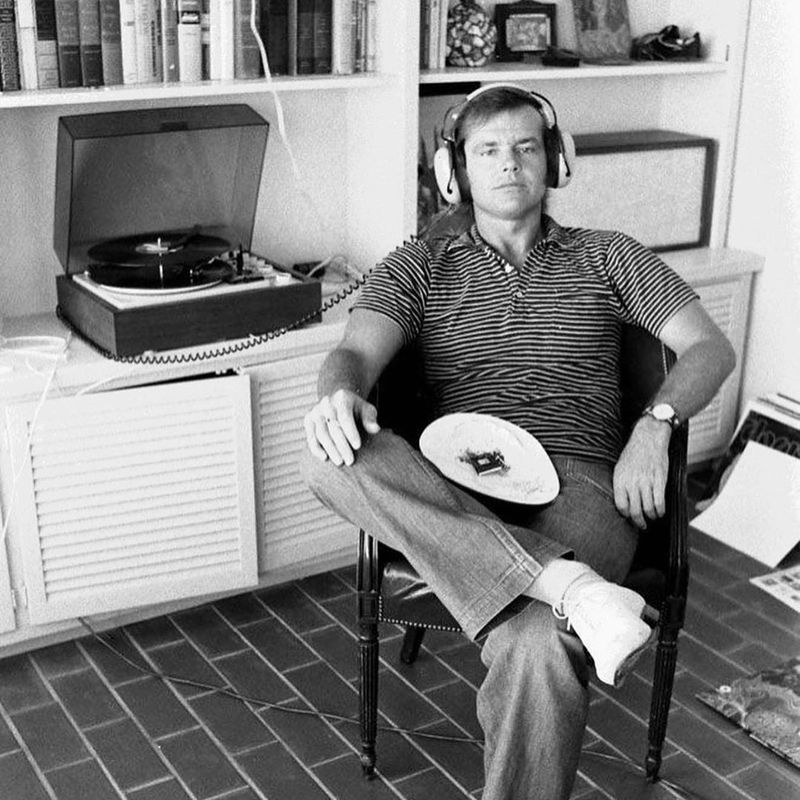
“That’s our song!” became a magical phrase in the 1960s. Couples claimed specific tracks as sonic souvenirs marking relationship milestones. My college sweetheart and I had The Righteous Brothers’ “Unchained Melody” as our anthem—hearing those opening notes still makes my heart skip decades later.
Radio request shows boomed as platforms for public romantic declarations. Dedicating a song on the local station was the 1960s equivalent of making your relationship “Facebook official.” The specific song choice communicated volumes about a relationship’s intensity and intentions, creating a musical shorthand for feelings that might be too overwhelming to express directly.
Record stores even became dating venues, where couples browsed albums together in intimate whispers. Selecting and gifting vinyl became romantic currency—the carefully chosen 45 single expressing what awkward teenage words couldn’t. These musical totems created shared emotional anchors that couples could revisit throughout their relationships.
5. Girl Groups Voiced Female Desires
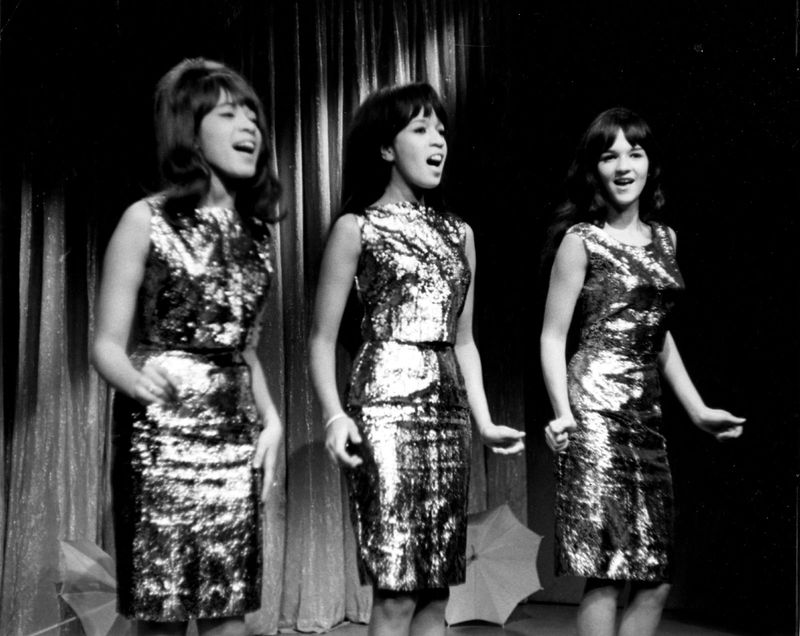
The Ronettes’ beehive hairdos and The Shangri-Las’ dramatic storytelling weren’t just about style—they gave voice to female desires that had previously been kept quiet! Girl groups created a revolutionary soundtrack for young women’s emotional lives, expressing feelings about relationships that proper girls weren’t supposed to acknowledge.
Songs like “Be My Baby” and “Leader of the Pack” put female longing center stage, validating the intensity of teenage girls’ feelings. These groups presented a collective feminine power at a time when women were still expected to be passive in relationships. Their music created permission for girls to know what they wanted and to express it.
For the first time, dating advice flowed from female peers rather than just parents or etiquette books. The authenticity in these songs—often written from real experiences—created a sense of solidarity among female listeners. Girls learned they weren’t alone in their complex feelings about boys, dating, and the confusing rules of romance.
6. Folk Music Encouraged Authentic Connections
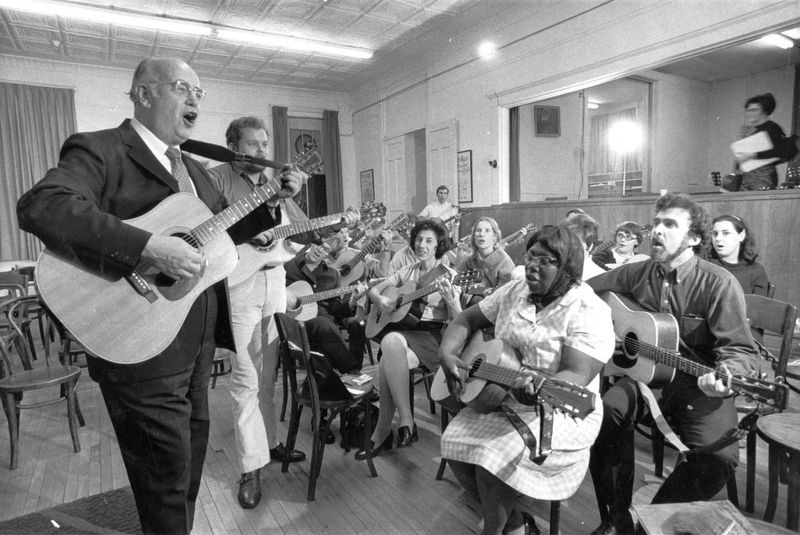
Strumming my guitar at college coffee houses opened more doors to meaningful conversations than any pickup line ever could! The folk revival championed by artists like Joan Baez and Bob Dylan created intimate spaces where authenticity trumped superficial charm. Coffee houses and folk clubs became alternative dating venues where conversation and connection mattered more than appearance or social status.
Folk’s emphasis on lyrics and meaning encouraged deeper exchanges between potential partners. Rather than shouting over loud dance music, couples discussed song meanings and shared personal interpretations. The genre’s political consciousness also attracted like-minded individuals with shared values—an early form of values-based dating.
Acoustic instruments created literal unplugged experiences, forcing face-to-face interaction without technological barriers. Many folk songs explicitly questioned traditional relationship roles, inspiring couples to reimagine their own partnerships beyond conventional expectations. This culture of questioning extended naturally to challenging outdated dating rules.
7. British Invasion Rewrote Dating Fashion

I still remember frantically growing my bangs out to match Paul McCartney’s mop-top! When The Beatles first appeared on Ed Sullivan in 1964, they didn’t just change music—they transformed what was considered attractive. British bands introduced new fashion sensibilities that quickly became dating prerequisites.
Boys who previously wouldn’t be caught dead fussing over their appearance suddenly became style-conscious, growing their hair and adopting Mod fashion. Girls swooned over these new looks, creating an immediate advantage for guys willing to embrace British-inspired styles. The well-groomed but slightly androgynous appearance of British Invasion stars challenged the rigid masculinity that had dominated American dating.
Fashion suddenly became a form of musical self-expression and group identity. Your clothes and hairstyle signaled not just personal taste but what kind of music—and therefore what kind of person—you were into. Dating increasingly happened within these taste-based tribes, as Mod girls sought out Mod boys, creating romance based on shared aesthetic and musical values.
8. Motown Soundtracked Interracial Understanding
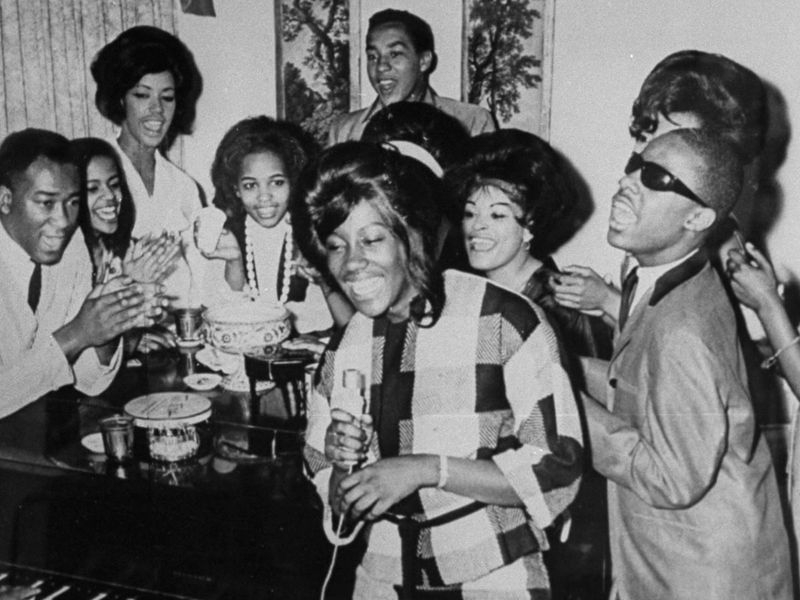
The first time my white suburban friends and I danced to “My Girl” at a mixed school dance, something magical happened—suddenly our differences seemed to melt away. Motown’s genius was creating music so irresistible that it transcended America’s racial divide, becoming the soundtrack for a generation questioning segregation.
Berry Gordy deliberately crafted Motown to appeal across racial lines, creating polished, sophisticated music that white parents couldn’t reasonably object to. Songs like “You’ve Really Got a Hold on Me” and “Ain’t No Mountain High Enough” expressed universal emotions about love and longing that resonated regardless of background. The presentation was non-threatening, but the emotional impact was revolutionary.
Motown artists modeled a dignified, elegant Black identity that contradicted harmful stereotypes. For many white teenagers, these musicians became their first positive exposure to Black culture. The shared appreciation for this music created common ground where meaningful connections could form, gradually challenging the taboo against interracial dating.
9. Music Festivals Created Dating Utopias
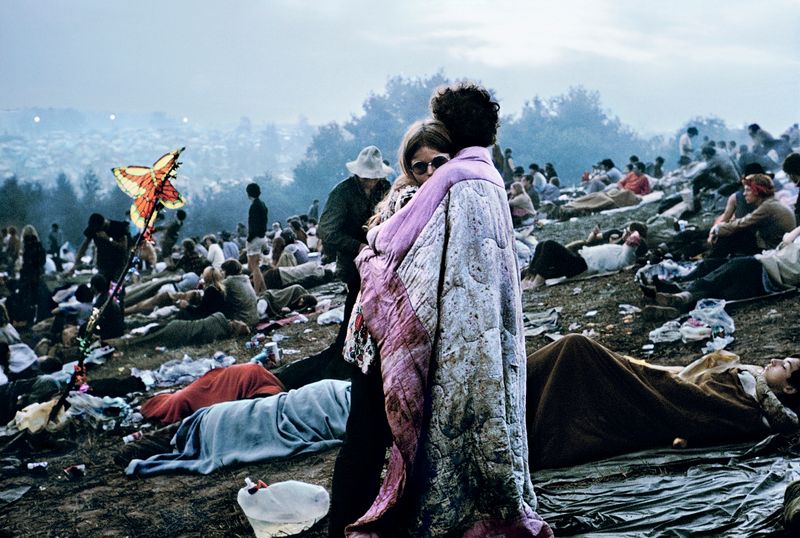
Woodstock wasn’t just a concert—it was dating without society’s rulebook! Music festivals created temporary communities where conventional dating norms were suspended, allowing young people to connect more freely. The shared experience of rain, mud, and transcendent music created instant bonds that might take months to develop in normal settings.
The festival environment encouraged a natural authenticity rarely possible in formal dating scenarios. With everyone looking equally disheveled after a night of camping, superficial judgments based on appearance became less important than genuine connection. The collective experience of witnessing musical history together created a sense of intimacy among strangers.
Festivals normalized public displays of affection that would have been scandalous elsewhere. Couples openly cuddled, kissed, and expressed physical affection without fear of judgment. The temporary nature of these events created a consequence-free zone where young people could experiment with different relationship styles and connection approaches, taking these new expectations back to their regular dating lives.
10. Radio DJs Became Dating Advisors
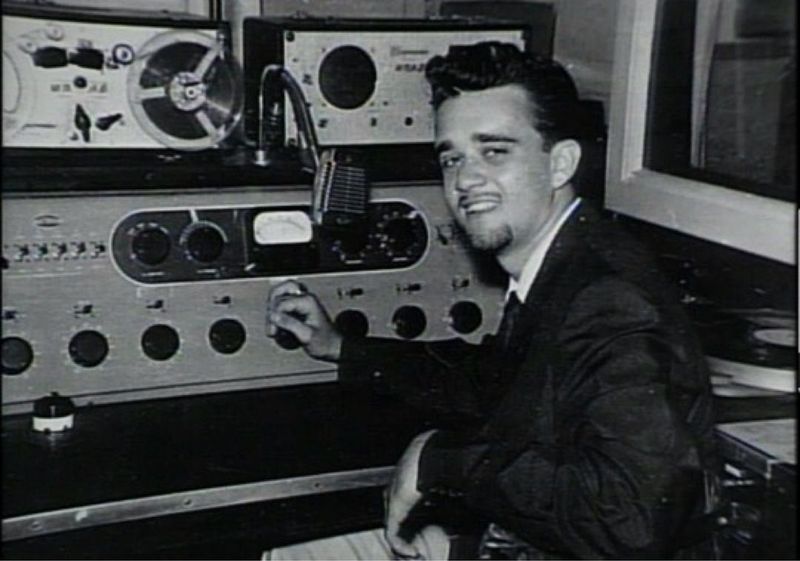
Late at night, when my parents thought I was sleeping, I’d press my ear against my transistor radio to hear Wolfman Jack dispensing romantic wisdom between songs! Radio DJs evolved into cultural gatekeepers who didn’t just play records—they shaped dating culture through their on-air personas and commentary.
These charismatic voices created parasocial relationships with listeners, becoming trusted advisors on matters of the heart. Their dedication segments turned private romantic gestures into public declarations, while their commentary on lyrics helped frame how listeners interpreted songs about love and relationships. Many DJs read listener letters about dating problems on air, creating an early form of relationship advice column.
The intimate nature of radio—often consumed alone, late at night—created a confessional atmosphere where teenagers felt personally connected to these disembodied voices. For shy teenagers struggling with dating insecurities, DJs offered a window into a cooler, more confident approach to romance. Their slang and catchphrases gave teens ready-made language to navigate their own romantic situations.
11. Soul Music Deepened Emotional Expression
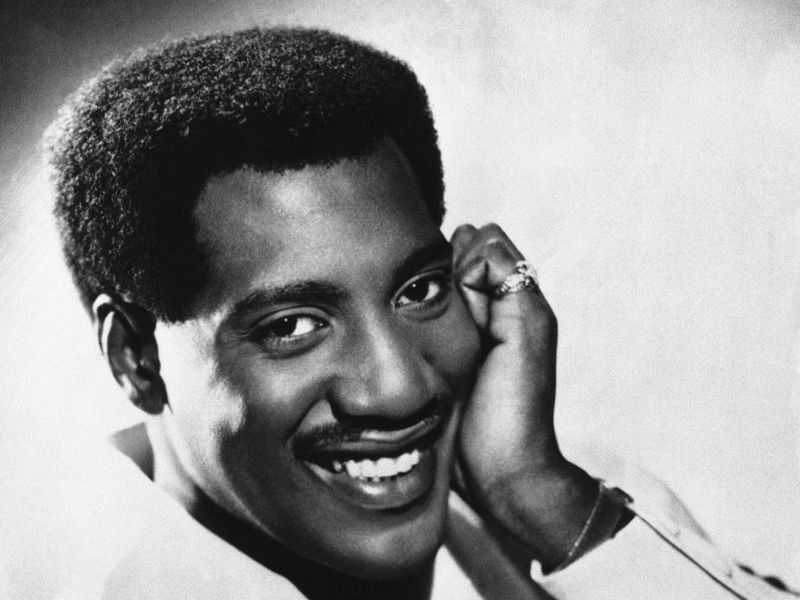
When Otis Redding growled “These Arms of Mine,” he taught a generation of emotionally repressed young men that vulnerability could be powerful! Soul music gave young people a vocabulary for expressing deeper feelings than the sanitized pop of earlier years had allowed. Artists like Aretha Franklin and Sam Cooke modeled emotional authenticity that transformed how couples communicated.
Soul’s raw emotional honesty created permission for young men to express feelings beyond the stoic masculinity their fathers had modeled. For young women, soul divas demonstrated strength within vulnerability, showing that expressing needs wasn’t weakness. The genre’s church roots brought spiritual depth to expressions of love, elevating romantic connection beyond the physical.
Slow dancing to soul classics created moments of physical and emotional intimacy that fast dance crazes couldn’t match. Couples swayed to songs like “At Last” or “Bring It On Home To Me,” having conversations through touch rather than words. This music validated the intensity of teenage emotions rather than dismissing them as puppy love.
12. Protest Music Attracted Like-Minded Partners
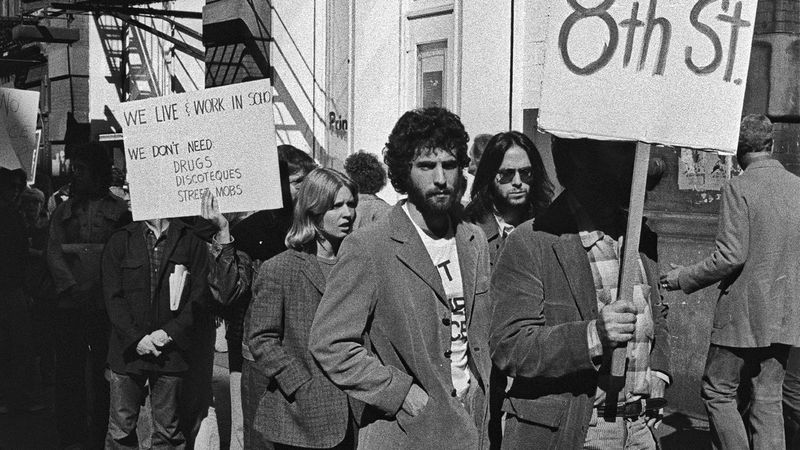
I met my college boyfriend at a Vietnam peace rally where everyone was singing “Blowin’ in the Wind”—our shared politics were an instant connection! Protest music created a dating shortcut by immediately identifying people with compatible values. In a polarized era, your record collection became a political statement and a filter for potential romantic partners.
Artists like Phil Ochs and Joan Baez attracted followers who shared not just musical taste but worldviews. Anti-war rallies, civil rights demonstrations, and folk festivals became meeting grounds where politically conscious young people could find partners whose values aligned with theirs. The emotional intensity of these events—fighting for causes bigger than themselves—created powerful bonds.
Couples formed around shared activism experienced relationships fundamentally different from traditional dating. Their connections were built on common purpose rather than just attraction or compatibility. Many relationships that began at protests evolved into lifelong partnerships that continued to prioritize social justice, creating a generation of couples who saw their relationships as vehicles for changing the world.
13. Album Covers Sparked Dating Conversations
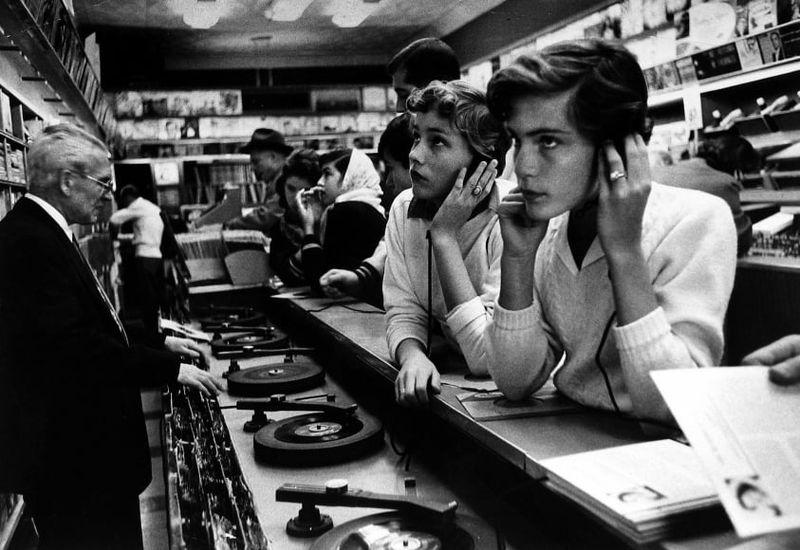
The psychedelic swirls on Cream’s “Disraeli Gears” sparked my first real conversation with the cute girl from English class! Album covers evolved from simple packaging into conversation pieces that facilitated connections between music fans. Carrying a particular album signaled your tribe and taste, creating instant recognition between like-minded individuals.
Record stores became social spaces where browsing the racks could lead to meaningful encounters. The shared experience of discovering new music created natural opportunities for interaction without the pressure of formal dating. Album art by visionaries like Peter Max and Rick Griffin often contained intricate details and hidden meanings that rewarded close examination, giving potential couples a reason to huddle together.
Innovative covers like The Beatles’ “Sgt. Pepper” or The Velvet Underground’s banana became cultural touchstones that identified fellow travelers. Discussing the meaning behind surreal cover art like Pink Floyd’s “Piper at the Gates of Dawn” could reveal compatibility in ways that small talk never could. These visual extensions of the music created multilayered connection points between music lovers.
14. Music Lyrics Replaced Love Letters
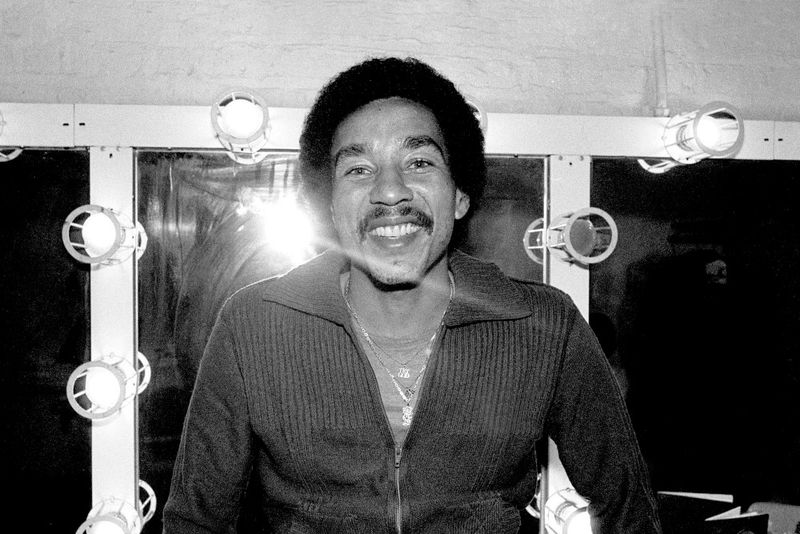
Why struggle to write your own love letter when Smokey Robinson already said it perfectly? Song lyrics became emotional shorthand, allowing tongue-tied teenagers to express complex feelings through borrowed poetry. Carefully selected mixtapes and dedicated songs communicated what awkward young lovers couldn’t articulate themselves.
Copying meaningful lyrics into love notes or yearbooks became a romantic gesture that continued long after the 1960s ended. These borrowed words created a shared emotional language between couples, with certain phrases taking on special meaning within the relationship. The practice of memorizing lyrics to impress a crush led many young people to engage with poetry and metaphor more deeply than they might have otherwise.
Radio request shows facilitated public declarations through song choices, broadcasting private feelings to entire communities. The song’s lyrics often communicated messages that would have been too forward to say directly—requesting “Will You Love Me Tomorrow” asked a question that might be impossible to voice in person. This musical communication created emotional safety while still allowing authentic expression.
15. Psychedelic Music Expanded Consciousness Together
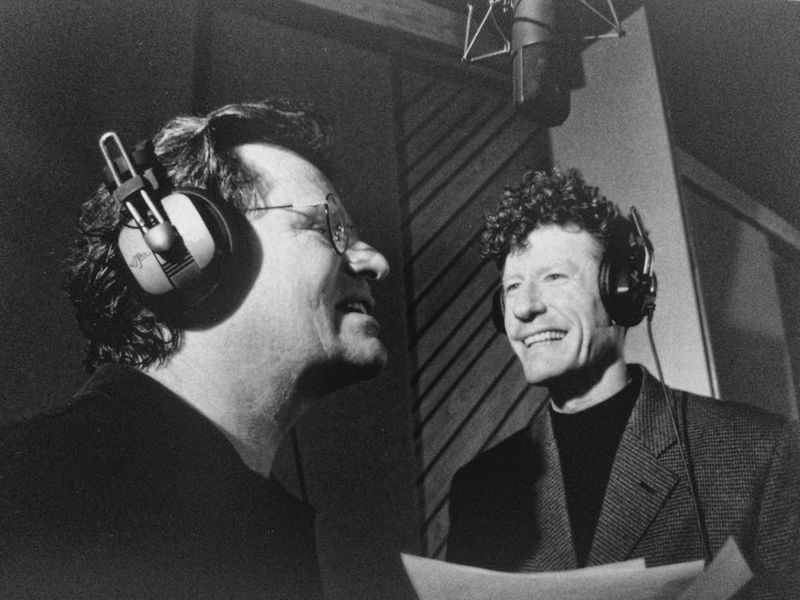
Listening to The Doors’ “Strange Days” with someone for the first time created an instant bond unlike anything previous generations had experienced! Psychedelic music offered couples a shared journey into altered consciousness, creating profound connections through simultaneous experience of something boundary-dissolving and mind-expanding.
Artists like Jefferson Airplane and Pink Floyd created soundscapes specifically designed for deep listening experiences. Sharing headphones to absorb every nuance of these complex compositions created intimate moments of connection. The vulnerability of experiencing something so perception-altering together built trust between partners more quickly than conventional dating activities.
The lyrics of psychedelic music often explicitly questioned societal norms, including traditional relationship structures. Songs like “White Rabbit” encouraged young people to question everything they’d been taught, including monogamy and gender roles in relationships. Many couples who bonded over psychedelic music went on to explore alternative relationship styles that rejected mainstream conventions, creating partnerships based on shared exploration rather than societal expectations.
16. Car Radios Created Mobile Romance Spaces
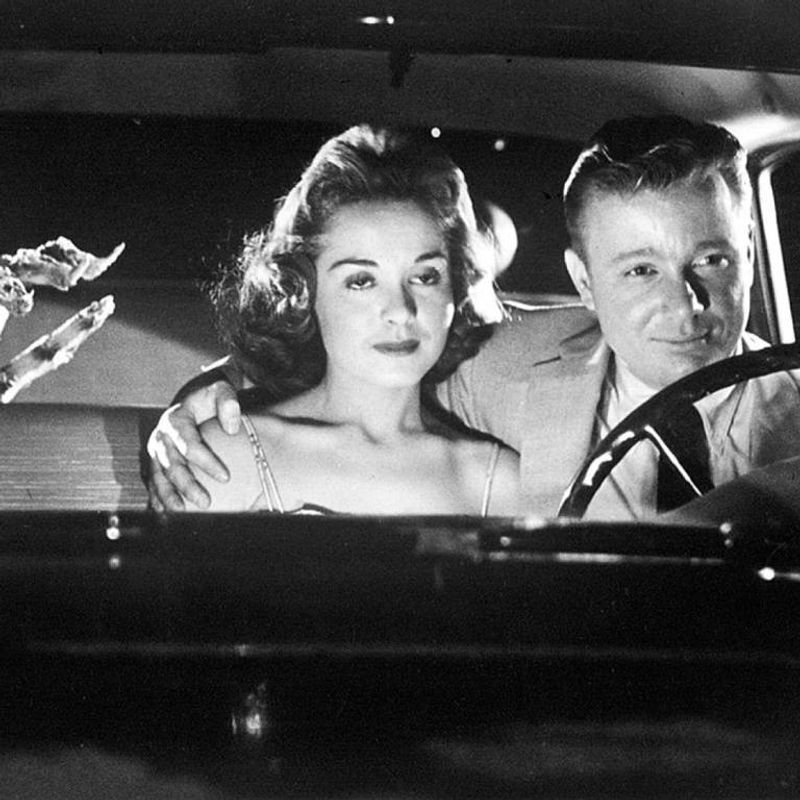
My first kiss happened while “California Dreamin'” played on my boyfriend’s car radio, parked at the local lovers’ lane! The combination of automobile culture and portable music created private spaces for young couples to connect away from parental supervision. Car radios transformed ordinary vehicles into intimate cocoons where relationships could develop.
Drive-in movie theaters incorporated radio broadcasts, allowing couples to create soundtracked romantic experiences. The shared activity of searching for the perfect radio station or debating song choices created natural conversation starters that eased dating awkwardness. Regional radio stations became the soundtrack for countless backseat romances, with certain songs forever associated with youthful passion.
Cars with powerful sound systems gained social status, making their owners more attractive dating prospects. The freedom to control the musical environment—volume, station choice, and timing—created agency in romantic encounters previously impossible in parent-supervised settings. Many baby boomers can still recall exactly what song was playing during significant relationship moments experienced in parked cars.
17. Female Songwriters Championed Women’s Autonomy
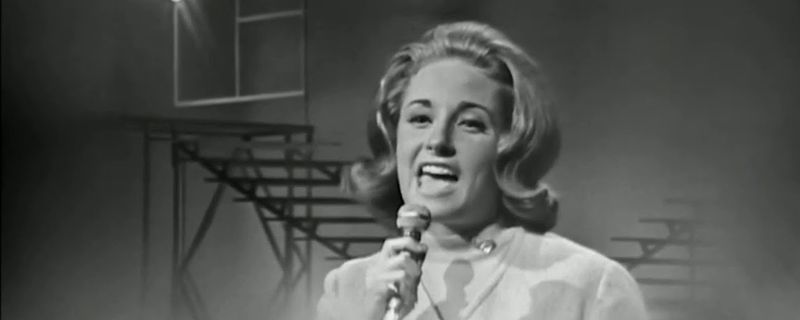
Lesley Gore belting “You Don’t Own Me” at age 17 was nothing short of revolutionary! Female songwriters and performers created anthems of independence that empowered young women to demand more equal treatment in relationships. Before the women’s liberation movement fully formed, these musical declarations were already reshaping dating dynamics.
Songs like Gore’s 1963 hit explicitly rejected possessive boyfriends, while Aretha Franklin’s “Respect” became an anthem for women demanding better treatment. These messages resonated with young women who began questioning why they should follow restrictive dating rules their mothers had accepted. The emotional authenticity in these songs validated feelings many girls had but couldn’t articulate.
Male listeners were put on notice that female expectations were changing. Boys who wanted to date the coolest girls had to adapt to these new standards or get left behind. This musical feminism created early cracks in the foundation of patriarchal dating norms years before formal feminist organizing brought these issues into mainstream conversation.
18. Record Stores Became Dating Venues
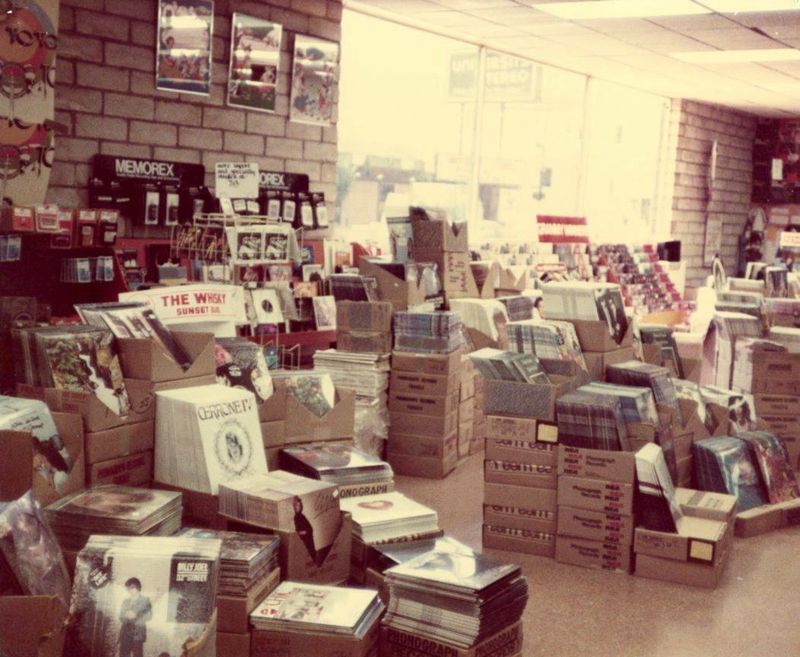
“Meet me at Tower Records after school” was the 1960s equivalent of swiping right! Record stores transformed from retail spaces into social hubs where music fans could connect organically. The simple act of browsing albums created natural opportunities for conversation without the awkwardness of formal dating scenarios.
Knowledgeable clerks became inadvertent matchmakers, recommending albums that connected customers with similar tastes. Listening booths—where customers could preview records before purchasing—created intimate spaces for shared musical discovery. Many stores installed bulletin boards where musicians posted band member wanted ads, creating additional connection points for musically-inclined singles.
The judgment-free atmosphere allowed authentic self-expression through musical preferences. Your stack of selected albums revealed more about your personality and values than any dating profile could. Regular customers developed relationships with each other through repeated encounters, creating a community of music lovers where romantic connections naturally emerged from shared passion rather than forced interaction.
19. Surf Music Created Beach Dating Culture

Catching waves wasn’t the only reason teenagers flocked to California beaches in the early sixties! The Beach Boys and surf rock created an entire cultural ecosystem around beach dating. Suddenly, the shoreline became the coolest place to meet potential partners, with surf music as the soundtrack for sunbathed flirtation.
Songs like “Surfer Girl” and “California Girls” painted an idyllic picture of beach romance that teenagers everywhere wanted to experience. The casual beach atmosphere naturally broke down formal dating barriers—less clothing, more physical activity, and natural opportunities for showing off athletic prowess. Surfing itself became a status symbol, with skilled surfers gaining romantic appeal through their mastery of the waves.
Even landlocked teenagers far from any ocean adopted elements of surf culture and its relaxed approach to dating. Beach parties became popular social events where couples could meet and mingle in less structured environments than formal dances. The entire aesthetic—from music to fashion—promoted a more relaxed, playful approach to romance that contrasted sharply with the formal dating culture of the 1950s.
20. Bands Replaced Solo Crooners As Heartthrobs
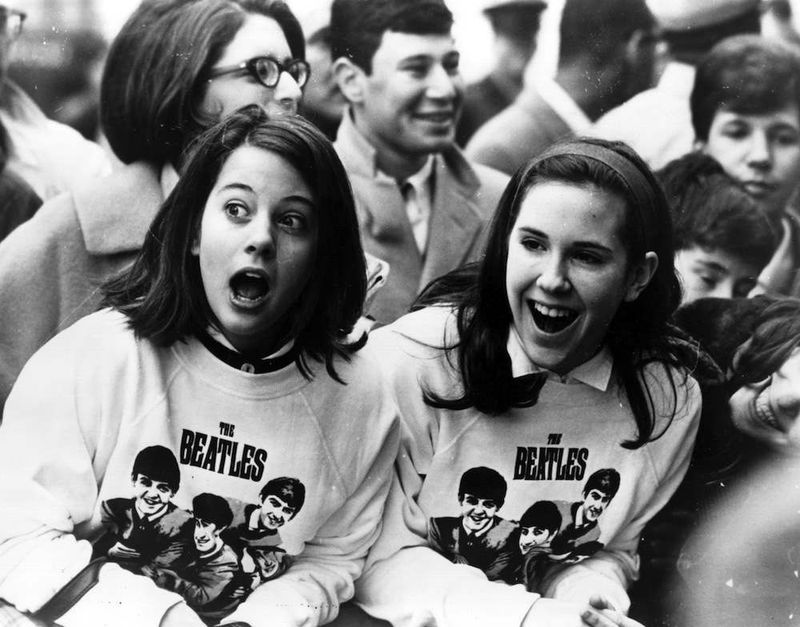
Frank Sinatra made my mom swoon, but my generation divided our affections among four mop-topped Beatles! The shift from solo male singers to bands fundamentally changed how teenagers experienced celebrity crushes. Instead of a single idealized heartthrob, bands offered variety—different personalities, looks, and energies that appealed to different types of fans.
This variety created a new dating conversation: “Which Beatle is your favorite?” The answer revealed something about a girl’s personality and preferences. Paul fans were thought to prefer cute romantics, while John fans valued intellect and edge. Groups like The Monkees took this further, deliberately crafting distinct personalities for each member to maximize their collective appeal.
The band format also modeled male friendship and collaboration rather than lone wolf masculinity. These musicians demonstrated men working together, showing emotion, and supporting each other—qualities many girls found attractive in potential boyfriends. The collective charisma of bands created a new template for male appeal that balanced individual personality with group identity.
21. Music Television Shows Created Shared Experiences

Every Monday morning at school, the first question wasn’t “How was your weekend?” but “Did you see The Monkees last night?” TV shows like American Bandstand, Shindig!, and Hullabaloo became required viewing for teenagers wanting to stay current with music—and dating culture.
These programs created synchronized national experiences, with millions of teens watching the same performances simultaneously. Monday conversations about these shows became social currency and natural icebreakers between potential romantic interests. The dance styles showcased on these programs spread rapidly across the country, giving teens everywhere the same moves to try out at local dances.
Host Dick Clark became America’s unofficial youth culture ambassador, normalizing new music and dance styles for concerned parents. His clean-cut presentation made rock and roll seem less threatening, helping teenagers negotiate permission to attend shows and dances. These programs also provided fashion inspiration, as teens carefully noted what the performers and audience members wore, adopting these styles to signal their music tribe affiliation.
